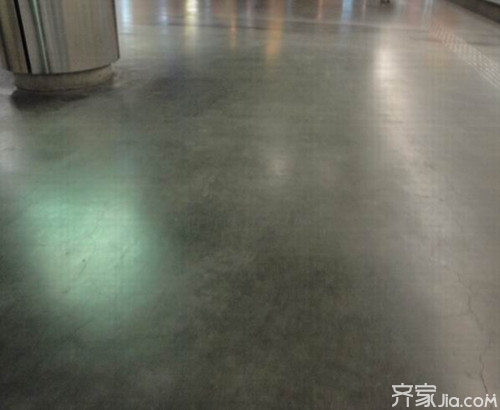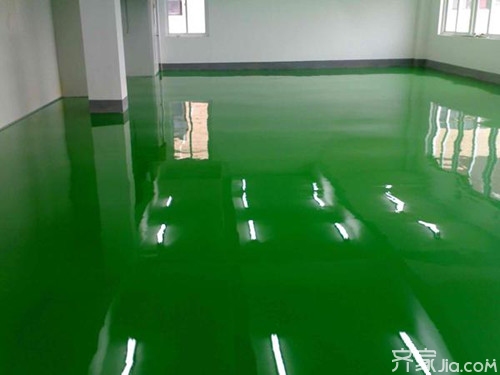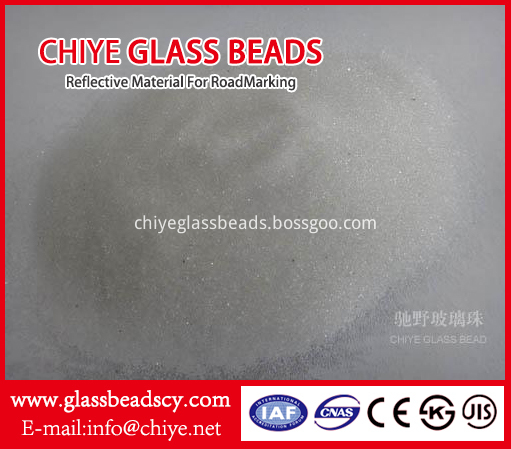Emery, also known as silicon carbide (SiC), is made of silicon carbide, petroleum coke (or coal char), and sawdust as a raw material through high-temperature smelting of electric resistance furnaces. Silicon carbide also has a rare mineral, Moissanite, in nature. Emery ground is a very common thing in our days. We will walk on it almost every day, but have we ever thought of emery ground practices ? We might as well take a look at the key operation of the emery ground practice . I believe that after reading the following introduction, you will certainly benefit a lot. Emery Introduction Emery, also known as silicon carbide (SiC), is made of silicon carbide, petroleum coke (or coal char), and sawdust as a raw material through high-temperature smelting of electric resistance furnaces. Silicon carbide also has a rare mineral, Moissanite, in nature. Silicon carbide is also called carbon silica. Among the non-oxide high-tech refractory materials such as contemporary C, N, and B, silicon carbide is the most widely used and most economical one. It can be called grit or refractory sand. Silicon carbide is made of quartz sand, petroleum coke (or coal coke), wood chips (need to add salt when producing green silicon carbide) and other raw materials in the resistance furnace by high-temperature smelting. At present, China's industrial production of silicon carbide is divided into two types of black silicon carbide and green silicon carbide, are hexagonal crystals, the specific gravity of 3.20 ~ 3.25, the microhardness of 2840 ~ 3320kg/mm2 sand. Emery - Structural Features Pure silicon carbide is a colorless, transparent crystal. Industrial silicon carbide is light yellow, green, blue, or even black due to the different types and contents of impurities, and the transparency varies with its purity. The silicon carbide crystal structure is divided into hexagonal or rhombohedral α-SiC and cubic β-SiC (cubic silicon carbide). Alpha-SiC has formed many different variants due to its different stacking sequence of carbon and silicon atoms in the crystal structure, and more than 70 species have been discovered. β-SiC is transformed into α-SiC when it is above 2100°C. Emery - Method of Making The industrial production method of silicon carbide is made of high quality quartz sand and petroleum coke in an electric resistance furnace. The silicon carbide blocks obtained from refining are made into products of various sizes by crushing, acid-alkali washing, magnetic separation and sieving or water selection. Emery ground practices Operational key: 1. Cushion treatment: The cushion treatment is to carry out the flat processing of the site. During the construction process, the leveling and lay-out are performed, and the elevation control is performed. After the flat treatment of the site is completed, the steel bar is bundled according to the drawing plan request. 2. Concrete pouring Before the pouring of the concrete in the grass-roots level, the foundation should be placed in a wet condition. The concrete should be poured as far as possible to the elevation. When the concrete is not at the elevation, it should be filled with concrete and vibrated. It is forbidden to use mortar for repair. The vibrator is vibrated using a flat-plate vibrator. The column, edge, and corner are lapped with a wooden trowel. After the concrete is leveled, the cement floats out of the surface and is at least 3 mm thick. After the concrete construction is completed, if the construction period is tightly requested, the bleeding water may be removed with a rubber pipe or a vacuum device, and the corundum surface layer shall be opened after two or more repetitions; if the construction period is requested to be relaxed, the concrete will be aggregated for 2 to 4 hours (according to the site environment. Impact) After the beginning of corundum surface construction. During the concrete construction process, diamond data mixing is performed together. Due to the construction of the first time of our company's construction of the silicon carbide ground, under the influence of many factors such as the cooperation of the data, the project selected the pre-prepared product silicon carbide mixed material. 3. The opportunity for the first time to disperse the silicon carbide mix and smooth and polish the corundum mix spreads along with factors such as climate, temperature, and concrete cooperation ratio. Spreading too early can cause the emery to sink into the concrete and lose its effect. After spreading the concrete too late, the cement will lose its cohesive force so that the emery mix will not bond with the concrete and form a delamination. The method of distinguishing the distribution time of the emery mix material is to step on it, and when it sinks about 5 mm, it can be spread for the first time. Walls, doors, columns, and stencils are not visible in the water at the edges, and priority should be given to spreading construction to prevent them from deteriorating due to water loss. The first time the amount is 2/3 of the total amount, the mixing should fall evenly, and it can't be thrown away with force, spreading with a wooden trowel. After the mixing material absorbs a certain amount of moisture, it is removed with a sander, grinded and dispersed, and associated with the concrete slurry. 4. When spreading the 2nd time spreading the emery mix and smoothing and polishing the second time, first measure the level with a ruler or a straight scraper, and adjust the top of the spread. The second direction should be straight for the first time. The second scattering amount is 1/3 of the total amount. After spreading, it is leveled, polished, and the polishing machine is repeatedly operated at least twice. When the polishing machine is working, it should be vertically and horizontally intertwined to ensure uniform and orderly data collection. . Use a trowel at the corners. When the surface data is hardened to a slight depression in finger pressure, the rotation speed and viewpoint of the polishing machine should be adjusted depending on the hardening conditions. When the polishing machine is working, it should be interlaced more than three times. The requirement for flatness on the wear-resistant floor is a maximum deviation of 3 to 5 mm in 2 m square, and the maximum deviation between the extreme high point and extreme low point is no more than 20 mm, and cracks, peeling, and sand appearance are prevented as much as possible. Editor's summary: The above is a description of the factors that affect the quality of Emery wear-resistant floor in the corundum ground practice. I hope to help friends who have this requirement! For more information, please continue to follow our website, follow-up will show more exciting content. You can also purchase more of your favorite products on Qijia Mall! Entrance ground floor wooden floor ground tile price list balcony floor decoration basement floor
It take a compressed gas as the power to form a high-speed jet to shoot glass beads on surface of work-piece that causes changes on surface and shape of the work-piece. Due to the glass beads` impact to surface, it makes the surface a certain of cleanliness and different roughness.
• It improves the mechanical properties of surface so as to enhance the fatigue-resistance of work-piece.
• It provides with parts-surface a controllable rough-surface to increase the adhesion with the paints, to extend the durability of the paints and it is also benefit to the flow and decoration of paints.
The glass bead can be produced based on the standard of countries or areas, such as EN1423/1424, AASHTO M247, BS6088, JIS R3301 and KS L2521 etc.
Blasting Glass Beads ,Micro Blasting Glass Beads ,Blasting Glass Beads Road Marking,Reflective Blasting Glass Beads CHIYE GLASS BEAD (HEBEI) CO., LTD , https://www.chiyeglassbeads.com


